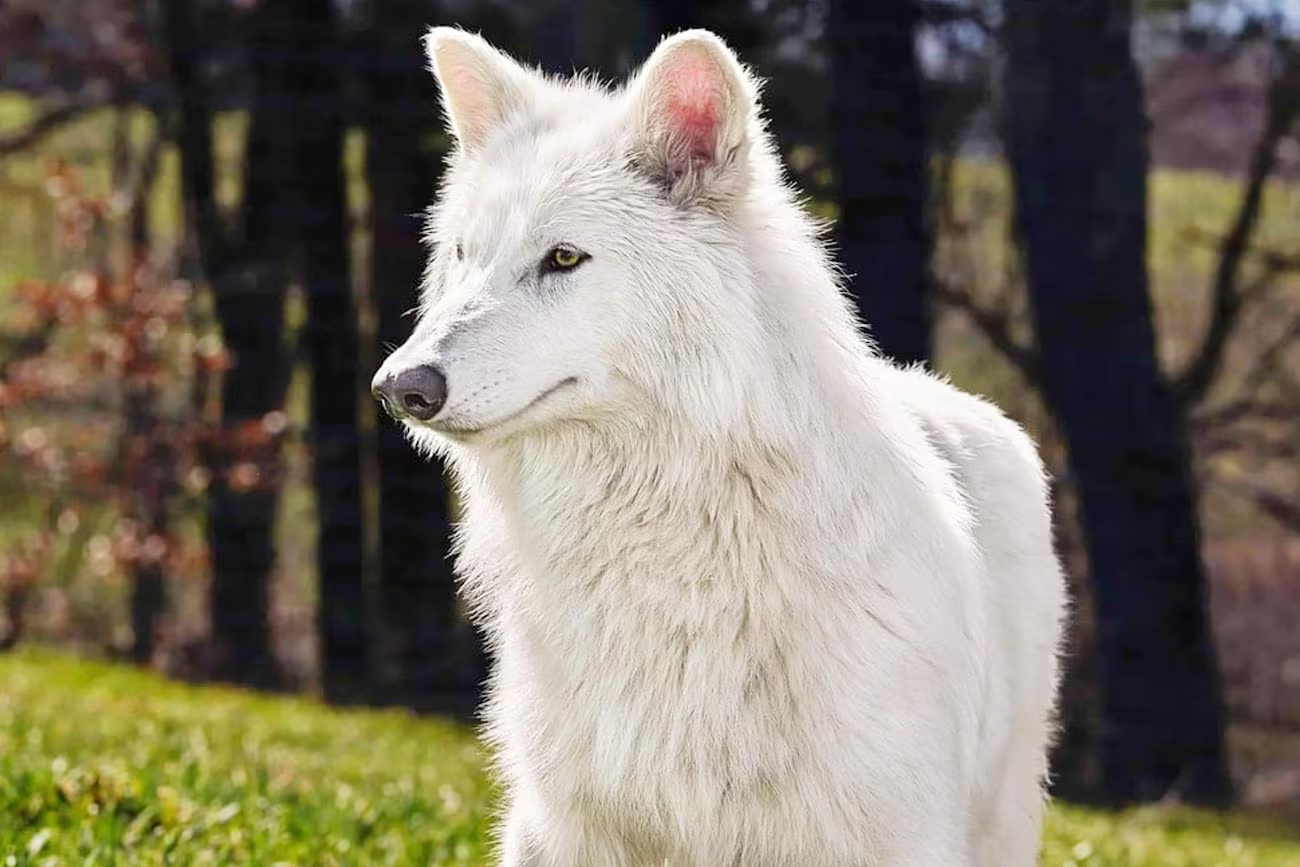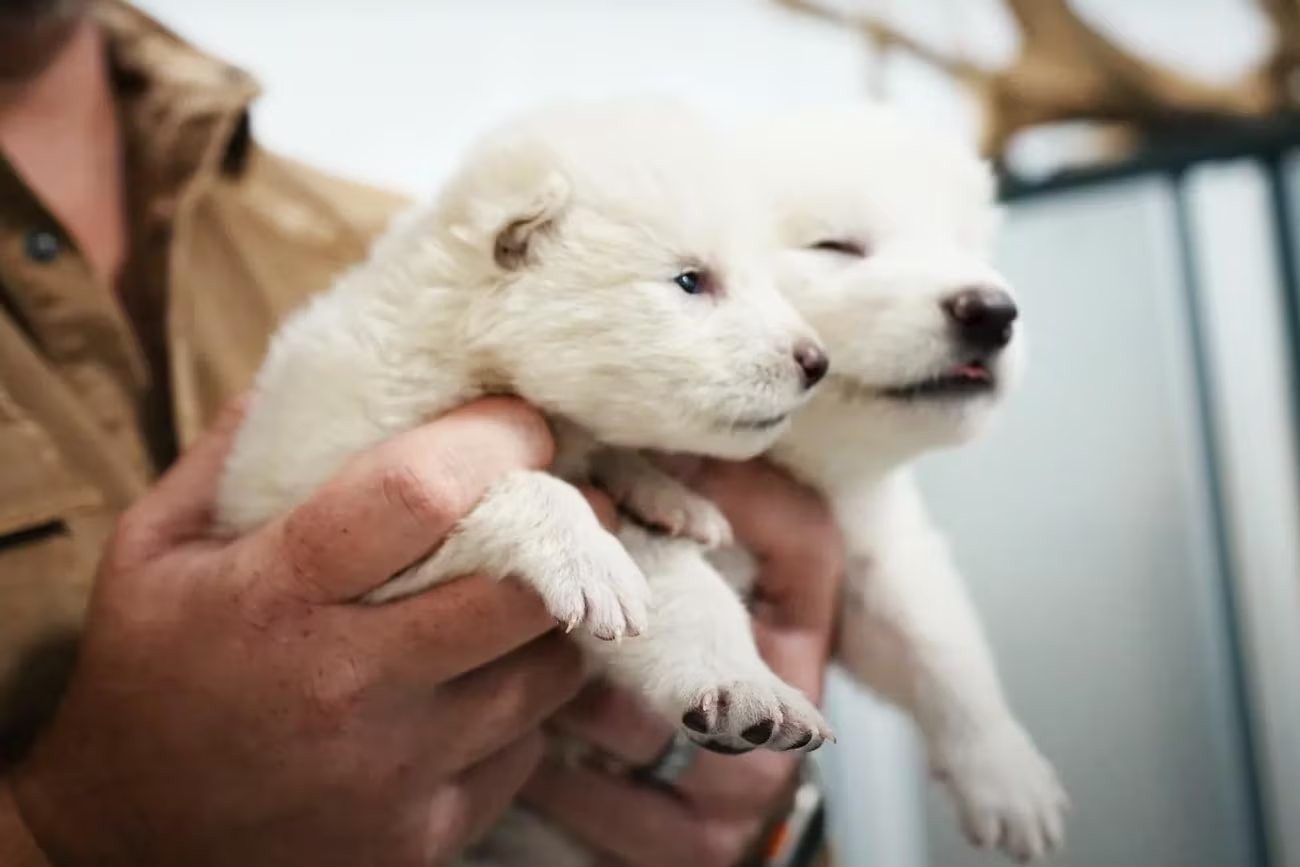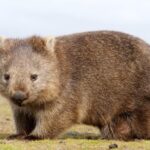
Resurrected Wolf-Terrible: Why Bring Back an Extinct Animal?
Have you ever imagined reviving an animal that has been extinct for over 10,000 years? Get ready to dive into the universe of the wolf-terrible and uncover the secrets behind a technique that promises to challenge the limits of science.
Wolf-Terrible or Dire Wolf
The Promise of a Recreated Past
An unusual announcement made on Monday, 04/07, shook the science world: the attempt to restore the wolf-terrible (Aenocyon dirus), a legendary figure recalled for its appearances in iconic cultural productions like Game of Thrones. This species, which roamed the landscapes of the Americas for millennia, is now once again at the center of debates involving technological advances and ethical limits.
The North American company Colossal Biosciences, for example, announced its ambitious “de-extinction” initiative – the idea of bringing back vanished animals such as the wolf-terrible. However, this proposal has raised essential questions among experts, who point to significant biological differences between what is being recreated and the true wolf-terrible of past eras.
The Innovative Process and Its Complexities
The method used to try to recreate this prehistoric beast begins with extracting DNA from fossils: a 13,000-year-old tooth found in Ohio and 72,000-year-old bone fragments from Idaho. After sequencing the wolf-terrible’s genes, the scientists identified genetic traces that are still found in its closest relative – the gray wolf.
Using cutting-edge technologies such as CRISPR, about 20 modifications were made in 14 genes to adjust specific characteristics – such as a whitish coat, robust build, broader shoulders, and distinctive vocalizations. This genetic editing resulted in pups named Romulus, Remus, and Khaleesi, symbolizing a hybrid that carries the essence of the prehistoric wolf, yet still remains different from the original.

The Debate: De-extinction or Hybridization?
No matter how impressive the technology employed, many experts challenge the idea of de-extinction proposed by Colossal Biosciences. For renowned scientists, such as those from the University of Otago, the DNA extracted from fossils suffers from the effects of time and degradation, making any cloning attempt actually a partial reconstruction – a hybrid between today’s gray wolf and the legendary wolf-terrible.
This nuance is not just a technical issue. It redefines our understanding of extinction and conservation. After all, extinction brings important lessons about environmental impacts and the need to correct our mistakes regarding the preservation of biodiversity. Thus, the discussion goes beyond scientific aspects, touching on ethical dilemmas and future paths to prevent other species from being lost forever.
Impacts and Future Perspectives
Colossal Biosciences’ initiative not only generates debates about the feasibility of resurrecting extinct species, but also opens doors to practical applications in conservation. With advances in genetic editing, researchers see the possibility of adapting current species to better withstand climate change and contemporary environmental pressures.
However, the implications of this technology are profound and require caution. Reintroducing “recreated” species into modern ecosystems is still an uncertain path, fraught with ecological, social, and political challenges. The natural balance, the dynamics of food chains, and the very ethics of genetic manipulation are points that need to be carefully evaluated.



